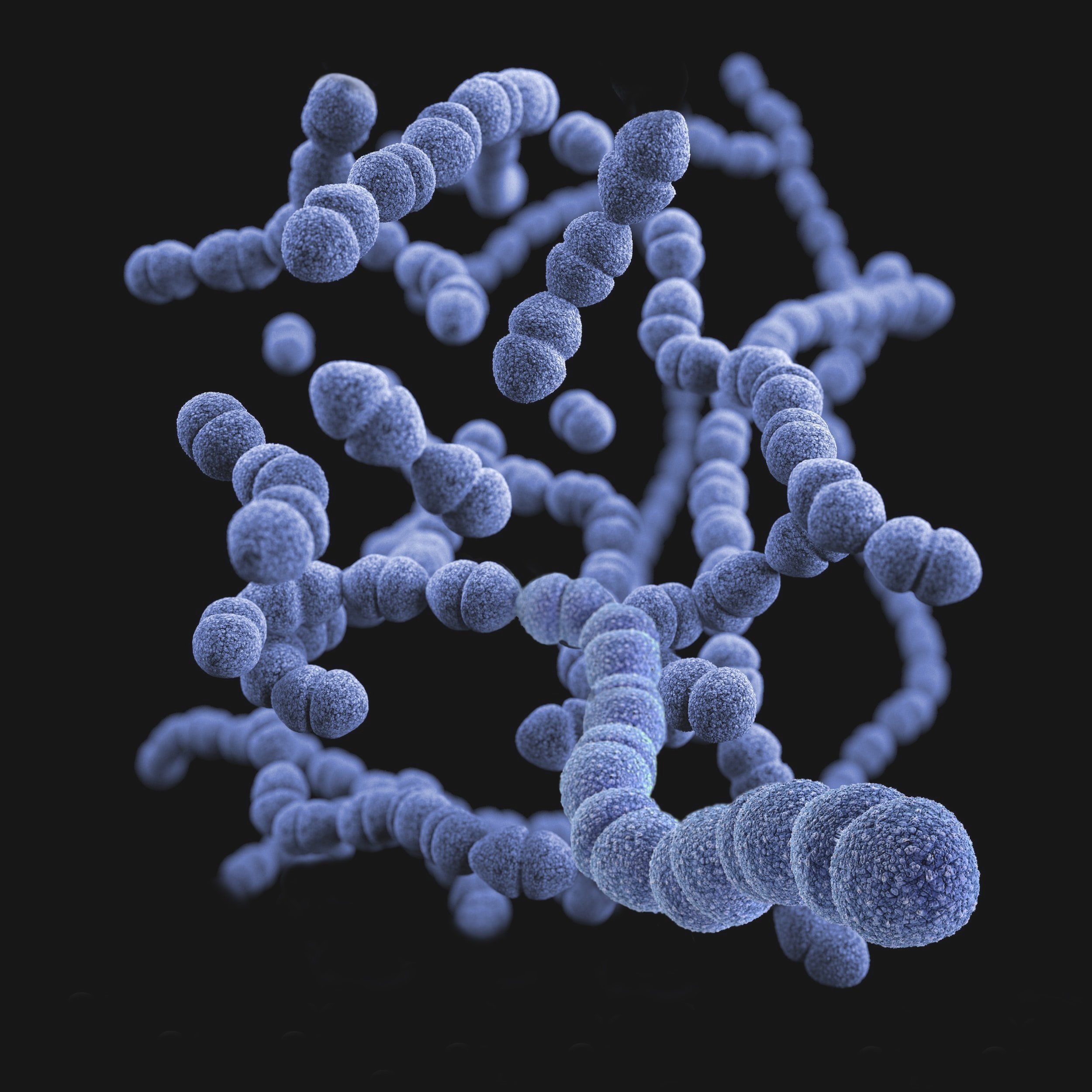
Research snapshot
By day, I am a clinical microbiologist and researcher specializing in the diagnosis of infectious diseases.
I focus on developing innovative and accessible diagnostics and therapeutics, especially for low-resource settings, to fight infections caused by superbugs that can be resistant to all available antibiotics
By night, my research focuses on decolonizing medicine & science by deploying them as tools thru a political abolitionist framework to understand neurodiversity/ biodiversity, collectivist trauma healing strategies & anarchist praxis— all as pathways to liberation.
Infectious Diseases Research Highlights
List of all my publications
〰️
List of all my publications 〰️
1— Molecular research dissecting how superbugs defend themselves
As part of my the doctoral research, we uncovered an unprecedented mechanism that bacteria use to defend themselves against a last-resort antibiotic. You can read more about it in this featured Wired article that highlighted our research published in the Proceedings of the National Academy of Sciences. This novel insight on antibiotic resistance can help create therapies that slow down our microbial enemies’ speedy evolution and give humans a chance to pull even.
I discovered a novel sentinel protein called LiaX that bacteria use to survey the environment for danger. In the presence of antibiotics or molecules released by our immune system- LiaX recognizes danger and raises an alarm back to the cell which then restructures its entire outer barrier to prevent the antibiotic from finding its target and killing the bacteria. This is like if a castle sent out sentinel spies to constantly survey the outside for danger and trigger an alarm early that buys the castle just enough time to alter the structure of its entire moat, walls, and external defenses to be ready to fight any attacker.
2— Research Talk as recipient of the Infectious Diseases Society of America’s Top Research in the Field Award at IDWeek 2019 in Washington D.C.
My 15 minute “TedX style” talk breaks down how we identified a superbug’s Achilles Heel by exploring a puzzling phenomenon called the “Seesaw effect”. Interestingly, when these drug-resistant bacteria evolve resistance to a heavy-duty last-resort antibiotic, they pay the cost of being simultaneously re-sensitized to simple antibiotics similar to penicillin.
My work was selected in 2019 as the best research that highlighted innovation in the field of infectious diseases (ID) from over 5000 research abstracts submitted from around the world to the annual International ID conference that brings together global physicians, researchers, epidemiologists, clinical pharmacists, educators, and others.
3— Elevator pitch for a general audience about my antibiotic resistance research
Selected Published Studies
SHORT ABSTRACT
Carbapenem-resistant Enterobacterales (CRE) and Pseudomonas aeruginosa (CR-PA) producing metallo-β-lactamases (MBLs) cause severe nosocomial infections with no defined treatment. The combination of aztreonam (ATM) with ceftazidime-avibactam (CZA) is a potential therapeutic option, but there is no approved, feasible testing method for use in clinical laboratories to assess the activity of two antimicrobials in combination. Here, we evaluate the performance of four ATM-CZA combination testing methods, as follows: broth disk elution (DE), disk stacking (DS), strip stacking (SS), and strip crossing (SX). The most accurate, precise, and reproducible methods of low complexity were disc elution and both strip methods (SX and SS) using MIC test strips (MTS) , all with 100% sensitivity and specificity, followed by Etest with SX (95.83% sensitivity, 100% specificity) and SS (87.5% sensitivity, 100% specificity). DS had the lowest performance.
ABSTRACT
We report our clinical experience treating a critically ill patient with polymicrobial infections due to multidrug-resistant Escherichia coli, Klebsiella pneumoniae, and Pseudomonas aeruginosa in a 56-year-old woman who received health care in India and was also colonized by Candida auris. A precision medicine approach using whole-genome sequencing revealed a multiplicity of mobile elements associated with NDM-1, NDM-5, and OXA-181 and, supplemented with susceptibility testing, guided the selection of rational antimicrobial therapy.
MODIFIED SHORT ABSTRACT
Ceftolozane/tazbactam (C/T) is a potent anti-pseudomonal agent that has clinical utility against infections caused by non-carbapenemase, producing-carbapenem-resistant Pseudomonas aeruginosa (non-CP-CR-PA). Studies assessing the performance of different antimicrobial susceptibility testing (AST) methods against this main clinical niche for C/T are lacking. The performance of all methods varied based on their degree of susceptibility to other anti-pseudomonal β-lactams. All methods had 100% CA when testing isolates that were pan-susceptible to all β-lactams (Pan-β-S). However, the CA markedly decreased when testing isolates resistant to all β-lactams (Pan-β-R). The CA was 81% for Etest, 78% for MTS, and 78% and 56% for disk diffusion when using CLSI or EUCAST breakpoints, respectively. Our results suggest that all manual AST methods have strikingly decreased performance in the context of Pan-β-R P. aeruginosa with potentially major clinical implications.
MODIFIED SHORT ABSTRACT
Stenotrophomonas maltophilia causes high-mortality infections in immunocompromised hosts with limited therapeutic options. Many U.S. laboratories rely on commercial automated antimicrobial susceptibility tests (cASTs) and use CLSI breakpoints (BPs) for S. maltophilia. However, contemporary data on these systems are lacking. Using CLSI breakpoints, categorical agreement (CA) was below 90% on all systems and drugs, with the exception of trimethoprim-sulfamethoxazole by MicroScan (98.1%) and Phoenix (98.1%) and minocycline by MicroScan (100%) and Phoenix (99.1%). CA was <90% for all when EUCAST pharmacokinetic/pharmacodynamic breakpoints were used for ceftazidime, levofloxacin, ciprofloxacin, and tigecycline breakpoints. Laboratories should use caution with cASTs for S. maltophilia, as a high rate of errors may be observed.




